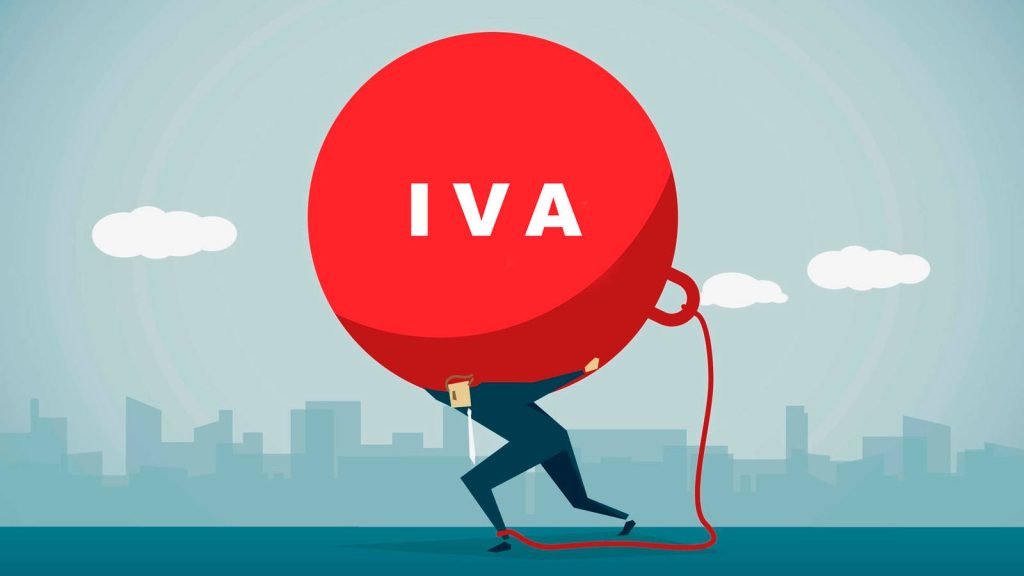Individual Voluntary Arrangement (IVA)
An Individual Voluntary Arrangement (IVA) is a formal and legally binding agreement between you and your creditors to repay a portion of your debts over a fixed period, typically five to six years. At the end of the IVA, any remaining debt is written off, giving you a fresh start.
How an IVA Works?
1) Assessment of Your Finances:
A licensed insolvency practitioner (IP) will review your income, expenses, and debts to determine how much you can afford to pay each month.
2) Create a Personalized Plan:
The insolvency practitioner creates a repayment proposal, which must be approved by creditors holding at least 75% of the debt value in agreement.
3) Fixed Monthly Payments:
Once approved, you make a single, affordable monthly payment to the insolvency practitioner, who distributes it among your creditors.
4) Debt Write-Off:
After completing the IVA term, any remaining unsecured debt is legally written off, however if there is higher earning during 6 yrs period of IVA ,your monthly repayment is likely to increase for IVA contribution and any wind-fall gain (as pervious PPI compensation or insurance payout or other income like inheritance is likely to be contributed towards IVA).

Benefits of an IVA
Debt Relief:
At the end of the IVA, most remaining debts are written off.(subject to no remortgage or tangible asset disposal is possible)
Affordable Payments:
Repay only what you can afford based on your financial situation.
Legal Protection:
Creditors cannot take legal action, contact you directly add interest and charges during the IVA.
Asset Protection:
Unlike bankruptcy, you may be able to keep your main home and car, provided you maintain repayments.
Fixed Term:
After the IVA period (usually five or six years), you are debt-free.
Debts Included in an IVA
An IVA typically covers unsecured debts, such as:
• Credit cards and store cards.
• Personal loans.
• Payday loans.
• Overdrafts.
• Utility bill arrears.
Who Can Apply for an IVA?
An IVA might be suitable if you:
• Have unsecured debts over £6,000.
• Can afford to make regular monthly payments.
• Have multiple creditors.
Advantages of an IVA
Debt Consolidation: Make one monthly payment rather than dealing with multiple creditors.
Creditor Agreement: Once creditors approve the IVA, they are bound by its terms.
Interest Freeze: Interest and charges on your debts are frozen.
Privacy: Unlike bankruptcy, an IVA is not advertised publicly.
Disadvantages of an IVA
Fixed Commitment: You must commit to regular payments for the duration of IVA.
Impact on Credit Rating: An IVA will remain on your credit file for six years, affecting your ability to borrow.
Potential Asset Valuation: Homeowners may need to release equity during the final year of the IVA.
Public Record Information: Your name will be updated on Bankruptcy register as IVA is a formal and legal debt solution. Please visit online register here
Search the Individual Insolvency Register – Individual Insolvency Register
IVA Process: Step-by-Step
At Acme Credit, we make the process of setting up a DMP simple and stress- free:
1) Free Consultation: Speak to a licensed insolvency practitioner to assess your situation.
2) IVA Proposal: The practitioner drafts a repayment proposal for your creditors.
3) Creditors’ Meeting: Creditors vote to accept or reject the IVA. Approval requires 75% of creditors (by debt value) to agree.
4) Implementation: Make monthly payments as agreed. The insolvency practitioner handles creditor payments.
5) Completion: After the IVA term, remaining debts are written off.
Public Record: https://www.insolvencydirect.bis.gov.uk/eiir/search
IVA vs. Bankruptcy
IVA Bankruptcy
1. Keep most assets
2. Creditors must agree
3. Public record
4. Fixed payments and remortgage at last year of IVA
Bankruptcy
1. Risk losing assets
2. Automatic court process
3. Public record
